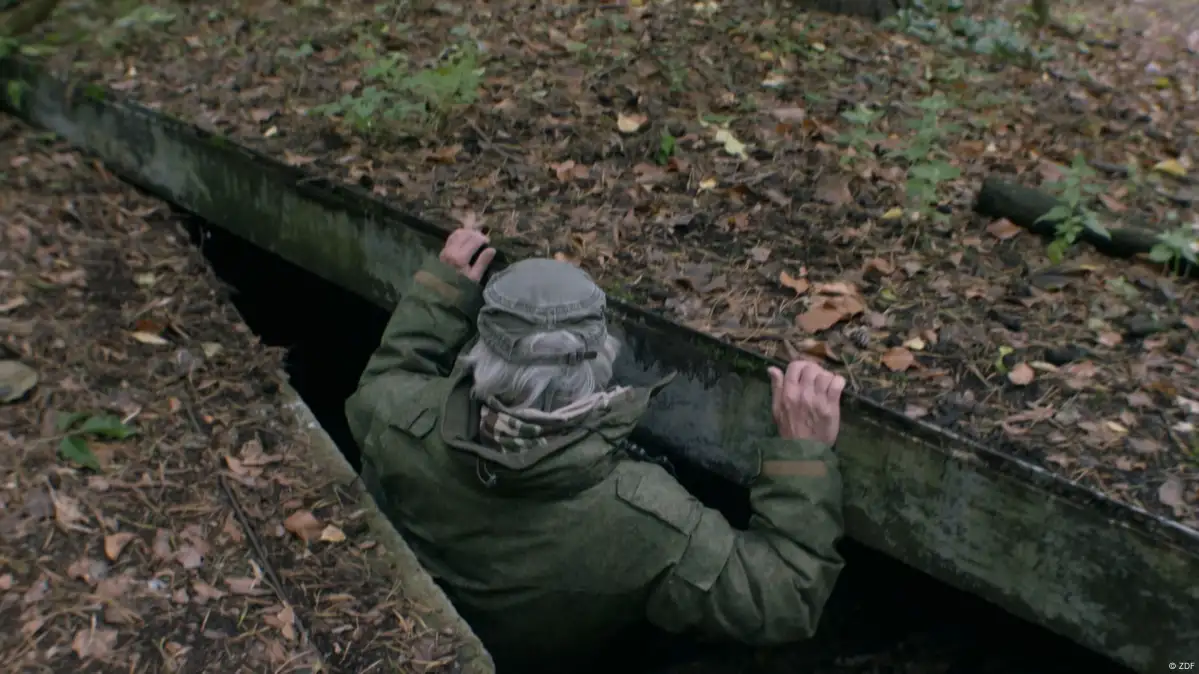The German state of Brandenburg is home to a ghost town. Parts of the town of Wünsdorf are still cordoned off today. That’s because Wünsdorf was once the East German headquarters of the Soviet armed forces. This "forbidden town" also includes the World War Two era "Zeppelin" bunker, used by the German Wehrmacht and later by the Soviets for their "Ranet" intelligence center. It was from here that orders for all Soviet soldiers stationed in East Germany were sent, as well as all reports to Moscow. The film follows bunker expert Sylvia Rademacher as she goes underground to uncover Soviet secrets. During the Cold War, fears of a nuclear conflict prompted the East German political leadership to take action. In the event of such a war, the "Mielke” nuclear bunker in Biesenthal, Brandenburg was intended to serve as a command post for the head of the security service, or "Stasi”. Observing strict safety precautions, expert Hans-Jürgen Herget guides visitors through the huge underground facility. The building extends over two floors, with more than one hundred rooms. It stands in contrast to the simple shelters meant for the families of East Germany’s political elite in nearby Wandlitz. In Machern, near Leipzig, Jana Bleyl shows how East Germany’s state apparatus was supposed to operate from underground in the event an emergency. The former regime critic wants to uncover the history of the almost 4,000-square-meter Stasi bunker here. Its furnishings, as well as its communications and surveillance equipment, are still preserved in their original condition.
